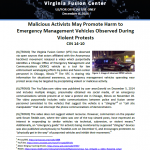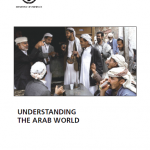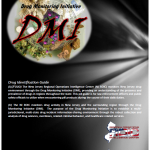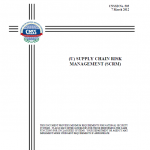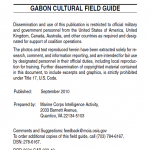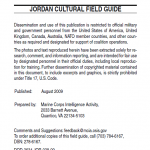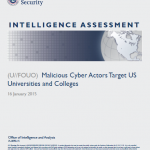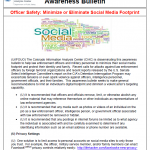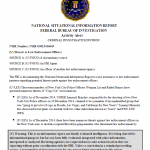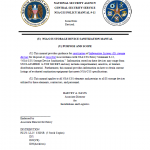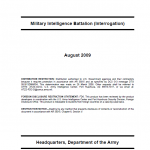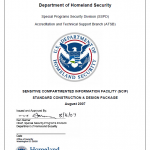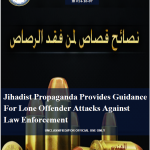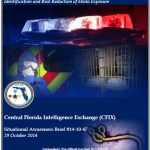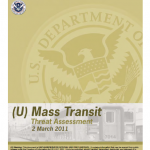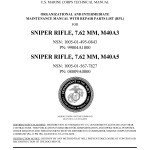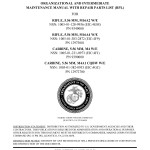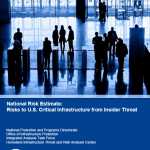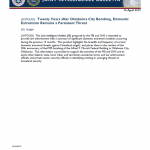
This Joint Intelligence Bulletin (JIB) prepared by the FBI and DHS is intended to provide law enforcement with a summary of significant domestic extremist incidents occurring during the previous 15 months. This product highlights the breadth and frequency of current domestic extremist threats against Homeland targets, and places them in the context of the 20th anniversary of the1995 bombing of the Alfred P. Murrah Federal Building in Oklahoma City, Oklahoma. This information is provided to support the activities of the FBI and DHS and to assist other federal, state, local, tribal, and territorial counterterrorism and law enforcement officials and private sector security officials in identifying existing or emerging threats to homeland security.


